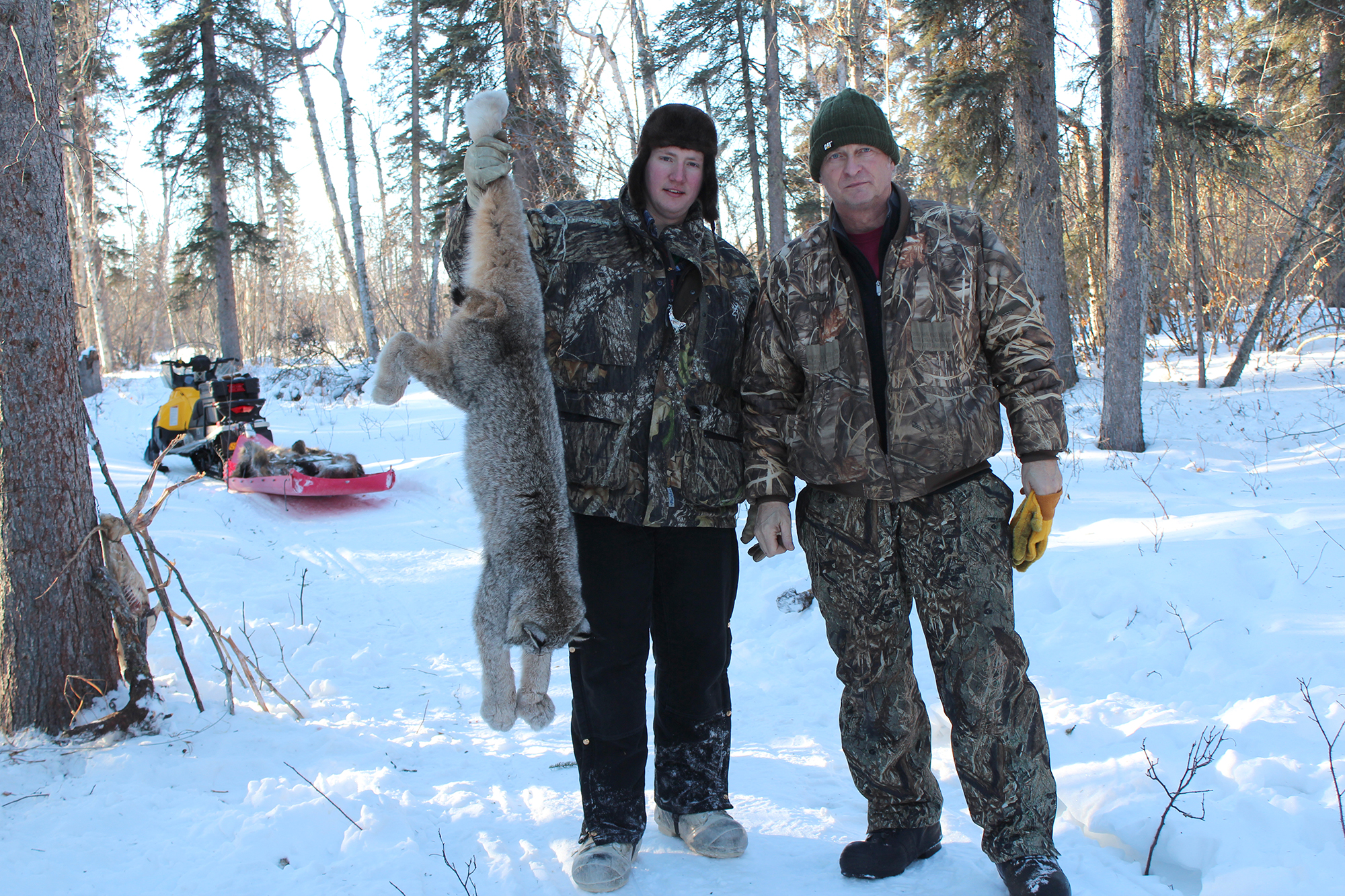CHOOSING TO USE renewable resources has never been more popular or more important. So it’s maddening for trappers to see the nonstop attacks on trapping, the misunderstanding and mischaracterization of its methods and means, and the anthropomorphizing of predators and other furbearers by antihunting organizations and the mainstream media. This effort has given many people, even some hunters, an inaccurate picture of trapping that blinds them to this simple fact: Responsible, regulated trapping provides a high-quality, renewable, and abundant natural resource.
Read Next: If You Eat Meat, Why Aren’t You Okay with Trapping for Fur?
The anti-fur movement is nothing new, but it has slowly chipped away at many facets of the trapping industry. This summer, Canada Goose, makers of the iconic coyote-fur-ruffed parkas that you’ll see on tourists flocking to view the northern lights here in Fairbanks every winter, announced it would stop using fur in its goose-down parkas in 2022. The company’s press release also references an effort to move toward more sustainable manufacturing processes that reduce carbon emissions.
Canada Goose is already using petroleum products for the synthetic materials in its parkas, and should it ever opt for faux-fur ruffs, not only would they be significantly less handsome and effective at fighting the cold, but they’d be made of petroleum. The company announced it was on track for Responsible Down Standard certification in 2021, which ensures “respect for animal welfare of the birds from hatching to slaughter.” This indicates that killing geese for their feathers can be regulated in a humane way. Why not furbearers?
In the case of the coyote fur that is used in these parkas, the issue isn’t at all one of sustainability, but one of ideology. In fact, coyotes are one of the most prolific and resilient species of furbearers on the continent. For years I’ve been a part-time fur handler for a fur buyer, and I’ve worked on thousands of furs. I try to keep up to date with trappers here in Alaska and in Canada, where in some areas the coyote populations are so dense that trappers can catch well over 100, or even 200, in a season, year after year.
The lynx here in Alaska is another prime example of a premium renewable product. The lynx’s fur is extremely warm and widely used in the international fur market. Lynxes follow a natural population cycle, which shadows that of snowshoe hares, and the cycle takes several years to complete. As snowshoe hare populations grow, the lynx population booms because there is so much available food. Then the snowshoes decline, and the lynxes follow in a dramatic crash of starvation and cannibalism, which restarts the cycle. The Alaska Department of Fish and Game encourages trappers to take advantage of peak lynx populations with more liberalized seasons. Because trappers can never take enough to even soften the cycle, they’re trapping cats that will be starved or eaten within the next year or two—and they’re using their furs.
Read Next: Is Trapping in America on the Brink of Extinction, or at the Beginning of a Comeback?
Many of the detractors of modern trapping push a narrative that trappers are lazy and cruel. But trapping, especially productive trapping, is anything but lazy, and it’s in every trapper’s best interest to use the gear and methods that will ensure minimal pain, suffering, and damage to the animal. Serious trappers who catch hundreds of animals per season and put them up for market frankly don’t have the time for gear that damages the animals’ fur. They also understand that it’s counterproductive to overharvest—because they’ll be back again next winter.
This story originally ran in the Traditions issue of Outdoor Life. Read more OL+ stories.
